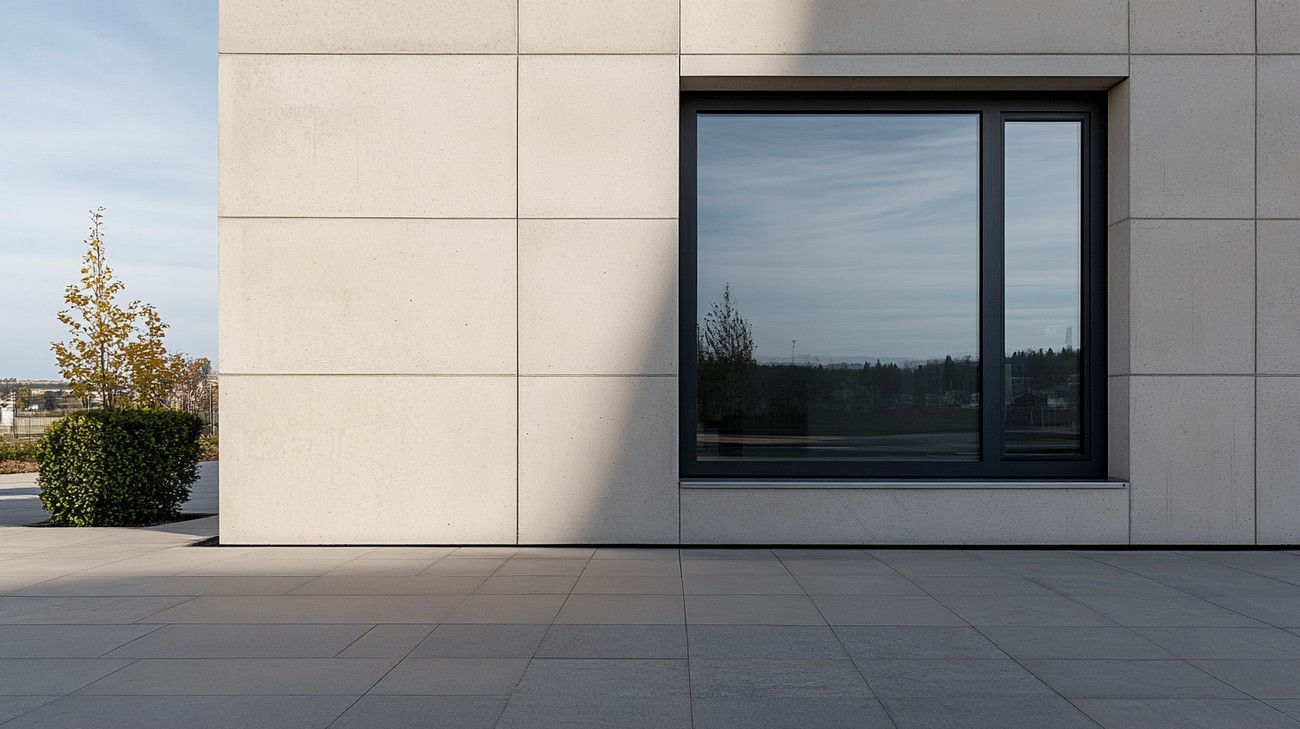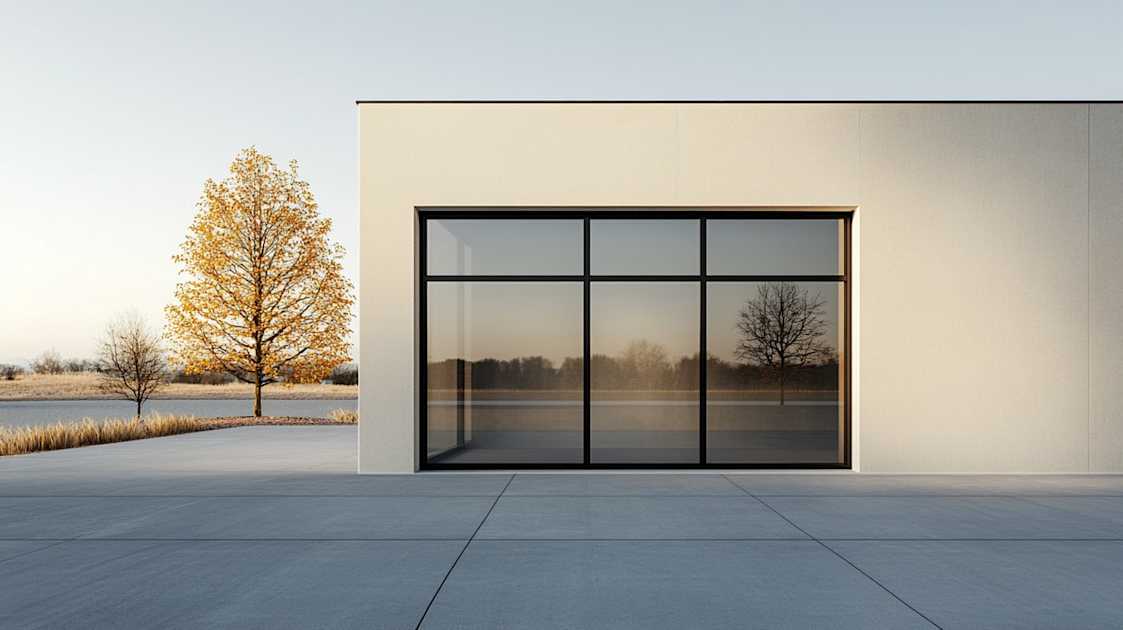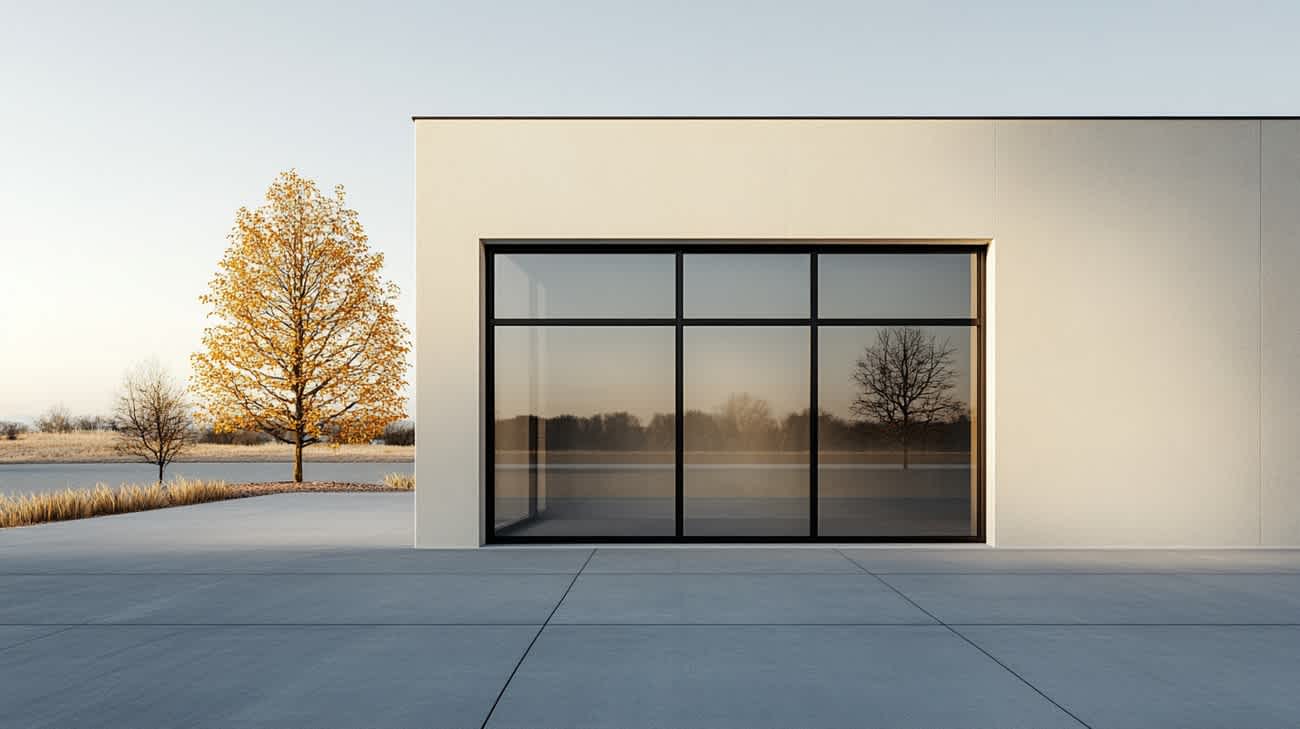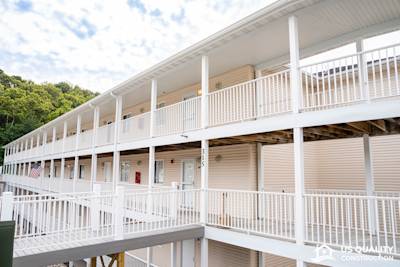Your home is perhaps one of your most significant investments. The essence of protecting this investment cannot be overstated, especially against weather-related damages. This is where window flashing, a small but vital component of your home, enters the picture. Almost unseen and often overlook, this unpretentious element plays a crucial role in preserving your home. If you are unfamiliar with window flashing or just want to know more, this comprehensive guide should satisfy your curiosity.
Understanding Window Flashing: What is It Exactly?
Window flashing is a thin material — usually aluminum or galvanized steel — installed around windows to prevent water from seeping into the house. While ordinary windows can keep some of the rainout, constant exposure to harsh weather conditions can cause the window seals to deteriorate over time, leading to the likelihood of water seepage. Window flashing effectively diverts water away from the window, reducing potential damage.
Quick Glance at the Importance of Window Flashing
Here are a few points outlining the significance of window flashing.
- Aids in water damage prevention.
- Reduces potential for mold growth.
- Enhances overall home insulation levels.
- Contributes to the longevity of your home structure.
Different Types of Window Flashing
There are several types of window flashing available in the market. Each has unique characteristics to cater to your specific window requirements.
Metal flashing
Metal flashing is durable and sturdy, widely known for its water-resistant functionality. They typically come in copper, aluminum, and galvanized steel versions.
Vinyl flashing
Vinyl flashing is ideal for budget-conscious homeowners. Although less durable than metal flashing, vinyl can still provide adequate protection for your windows.
Rubber flashing
Designed with flexibility and durability in mind, rubber flashing stands out as the best option for complex window layouts.
Peel and stick flashing
Peel and stick flashing is a popular choice for its ease of application. It's a waterproof adhesive material that can stick to most window surfaces.
Essential Components of Window Flashing
Recognizing the components that make up the whole window flashing system further illuminates its function. Typically, window flashing involves these key elements:
- Sill panning: This is a flexible material placed at the window's bottom sill before the flashing to repel any water that might seep in.
- Jamb flashing: Located at the sides of the window, jamb flashing prevents water ingress from window corners.
- Head flashing: Positioned above the window under the siding, the head flashing ensures no water enters from the top.
The Process of Installing Window Flashing
Home remodeling enthusiasts might find the process of installing window flashing a fascinating project. Here's a high-level overview of the steps involved:
- Prepare the window area by cleaning it thoroughly.
- Install the sill panning at the bottom of the window.
- Place the jamb flashing at the sides of the window.
- Install the head flashing above the window.
- Seal everything securely with caulk and make sure all overlaps are watertight.
Remember to always follow the manufacturer's instructions or hire a professional to ensure the flashing's effectiveness.

Frequently Asked Questions about Window Flashing
What is Self-Adhesive Window Flashing?
Self-adhesive window flashing is a type of window flashing that has an adhesive on one side. This adhesive sticks directly to the window frame and the adjacent wall, creating a waterproof seal. Self-adhesive flashing generally comes in rolls and is easy to cut and install.
When Should Window Flashing be Replaced?
Window flashing does not have a set lifespan, as its longevity heavily depends on different factors like the material quality, exposure to weather conditions, and overall maintenance efforts. However, you should consider replacing window flashing if:
- You spot water/leakage around the window during or after a rain shower.
- There are visible signs of mould or mildew around the window.
- The flashing tape shows signs of deterioration or damage, e.g., cracking or peeling.
What Should I Do If My Window Flashing Leaks?
If you find out that your window flashing leaks, resolve the issue immediately to prevent damage to your interiors, including growth of mould and mildew. Consult a professional for advice. They might suggest sealing the leaks with caulk or re-doing the window flashing to ensure your home remains dry and damage free.
What Materials are Used in Window Flashing?
Window flashing is created using various materials, including:
- Metal: Metal flashing, usually aluminium or copper, is durable and resistant to rust and corrosion.
- Vinyl: Vinyl flashing is affordable, simple to install, and it resists moisture well.
- Rubberized Asphalt: This cost-effective material is popular as it's easy to install and offers great water resistance.
Each material offers unique benefits, so choose according to your needs and preferences.
Can Window Flashing be Painted?
While window flashing can technically be painted, it's not always recommended. Painting might affect the flashing’s functionality by trapping moisture underneath the paint, resulting in potential damage over time. If you still want to paint it, choose breathable, high-quality exterior paint, and apply only a single, thin coat to minimize negative impact on the flashing’s performance.
Does Window Flashing Need Maintenance?
While window flashing is generally low maintenance, periodic inspections are necessary to ensure its longevity and performance. Regular checks for any damage or leaks will allow you to catch problems early and prevent bigger, more expensive issues down the line.

Pros of Window Flashing
Enhances Water-Resistant Barrier
The primary advantage of window flashing is that it serves as an excellent barrier against water.
Prevents Leaks
Window flashing helps to prevent water from seeping into your house around the windows. This protective measure is crucial, especially for regions that encounter heavy rainfall. In the absence of proper flashing, water can easily find unsealed corners, gaps around the window frame, and penetrate the house causing severe water damage over time.
Prevents Ice Dams
By providing an additional barrier, window flashing can also help to prevent ice dams from forming in the colder months. These ice dams can cause serious damage to your walls and roof if not dealt with quickly.
Enhanced Durability and Longevity of Windows and Structures
Saves on Costly Repairs
Apart from being an effective water sealant, window flashing plays a vital role in enhancing the durability of your windows and the surrounding framework. Without proper flashing, water intrusion can eventually cause rotting of wood and corrosion in metal, leading to costly repairs or replacements.
Prolongs Lifespan
Window flashing adds an extra layer of protection against external elements, therefore prolonging the lifespan of both the window and the surrounding structures.
Adds Value to Your Property
Effective window flashing can enhance the overall value of the property. Prospective buyers appreciate houses that have well-installed window flashing, as it's a clear sign that the property has been adequately maintained and is less likely to have structural problems.
Cons of Window Flashing
Installation Challenges
Professional Installation Required
Window flashing is not a task that most homeowners can do by themselves. It requires specialized knowledge and skill to be performed correctly. As such, the services of a professional installer may be needed, which can significantly increase the overall cost.
Complications with Older Windows
Older windows often pose a significant challenge when it comes to flashing. Because of their unique sizes and styles, it can sometimes be quite difficult to install window flashing properly. In some cases, the windows might have to be removed first, adding further to the cost, time, and complexity of the project.
Costs
Higher Initial Investment
Compared to simple caulking or other types of sealing methods, window flashing is an expensive investment. Depending on the number and size of your windows, the cost of materials and professional labor can be quite high.
Recurring Maintenance Costs
Like any other part of a house, window flashing wears out over time and requires regular maintenance. This includes regular inspections, cleaning, and possible replacement of the flashing, which can add to the overall operational cost.
Potential for Damage
Incorrect Installation Risks
If not installed properly, window flashing can cause more harm than good. Trapped moisture, poor sealing, and incorrect positioning can lead to moisture damage or leakage, causing a series of problems affecting your windows and the surrounding walls.
Material Failure
Though rare, there is always a possibility of material failure in window flashing. This means that the flashing might not perform its intended function adequately due to manufacturing defects, improper installation, or degradation over time. In such cases, it might even contribute to leakage instead of preventing it.

Myths and Misconceptions about Window Flashing
Window flashing, while a fundamental component in the construction and installation of windows, often gets overlooked or misunderstood. Several myths and misconceptions revolve around window flashing, making way for inappropriate installation methods that eventually lead to functionality issues. Breaking down these myths and understanding the truth behind them is critical for the longevity and efficiency of your window.
Myth 1: Flashing Can Be Neglected for Superficial Damage
Misconception
Many homeowners believe that small nicks, superficial scratches or even minor cuts on the flashing are trivial and call for no immediate attention.
Reality
Even minor damage to your window flashing should never be neglected. Given its critical role as a protective seal that prevents water intrusion, any damage, however small, can compromise the seal and lead to serious issues like mould growth, rot, and water stains over time.
Myth 2: Expensive Flashing Always Equates to Better Quality
Misconception
There's a widespread assumption that the more expensive the window flashing is, the better the performance and longevity must be.
Reality
While paying a higher price for window flashing often translates to better quality, it's not a definitive rule. The effectiveness of the window flashing also heavily relies on other factors such as proper installation, material suitability for your local climate, and regular maintenance.
Myth 3: Flashing Is Only Necessary for Wooden Windows
Misconception
Another common myth claims that flashing is only necessary for wooden windows since they're more prone to rot and warping from moisture.
Reality
Regardless of the window type or the material used, flashing is a must-have. Even vinyl or aluminium-framed windows can experience structural or insulation issues due to uncontrolled water ingress. So, irrespective of the window material, flashing is non-negotiable for maintaining the health and lifespan of your windows.
Myth 4: Flashing Can Be DIY-ed Without Experience
Misconception
Many homeowners think that flashing a window is a simple do-it-yourself job that doesn't require professional know-how.
Reality
While confidence in DIY skills is commendable, installing window flashing correctly requires detailed knowledge and experience. Miscalculations, incorrect application, or use of inappropriate material can render the flashing ineffective, leading to long-term issues. Hiring a professional is often a safer bet.
Myth 5: Flashing Replacement Is Not Needed Unless Visibly Damaged
Misconception
Some people believe that flashing only needs to be replaced when it shows visible signs of damage.
Reality
This isn't always true. Sometimes, window flashing may fail internally without showing visible signs of damage. Regular inspections by a professional are necessary to ensure the flashing is intact and performing its job correctly.
Myth 6: All Flashings Are the Same
Misconception
It's often assumed that all types of window flashings are created equal and can be interchangeably used.
Reality
There are several types of flashings designed for different situations and uses. Selecting the wrong type can seriously affect the functionality and effectiveness of the flashing. It's important to consult a professional to ensure the appropriate flashing type is selected for your specific needs.
Myth 7: If the Window Is Not Leaking, the Flashing Is Fine
Misconception
A lot of people believe that if their window is not leaking, it automatically means that the flashing is fine.
Reality
Even though the main purpose of window flashing is to prevent leaks, absence of leakage doesn't necessarily mean your flashing is fine. Problems with your window flashing may not always manifest as leaks. Other signs may emerge such as fogging between glass panes, mould development, stains on the wall, etc.
By debunking these myths, homeowners can gain a more accurate understanding of window flashing and make informed decisions regarding selection, installation, and maintenance. Remember, efficient window flashing not only keeps your windows in good shape but also safeguards your interior from potential water damage. It’s not an aspect to be ignored or misunderstood.
Summary
Window flashing is undeniably a critical part of your home's defense against the elements. Without it, there's a high risk of experiencing major water damage, especially during periods of heavy rainfall or snow. It's a simple, cost-effective solution that can save homeowners countless headaches and repair bills in the long term.
Remember, window flashing is not just about diverting water. It's also about enhancing the overall energy efficiency of your home. A well-flashed window reduces the chances of air leakage, which means a more comfortable living environment and lower monthly energy bills. And who doesn't love saving money?
Even if you're experienced in home repairs, don't underestimate the importance of properly installing your window flashing. It's one thing to slap it on and another to ensure it's correctly positioned and sealed. Don't be afraid to call in a professional if you're unsure; it's a small price to pay for protecting your home.
About US Quality Construction
At US Quality Construction of Kansas City, MO, we're more than a generic construction company. We are your neighbor and trusted partner for all your construction needs, big or small, since we ourselves are based right here in the heart of Kansas City. We pride ourselves on a long-standing history of crafting beautiful, well-engineered structures across our great city - there's a good chance that you've admired our work around town not knowing it was us! We have years of experience, plenty of local knowledge, a hard-working team, and an insatiable appetite for quality in our work. So whether you're in need of a simple home remodel or a full-scale commercial project, we've got your back. Can't wait to turn your dream projects into reality. So let's build something amazing together. Welcome home, neighbor!
Tags: construction, water damage, sealant,













